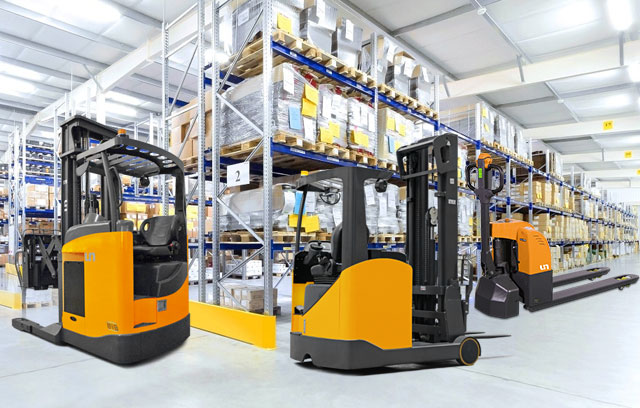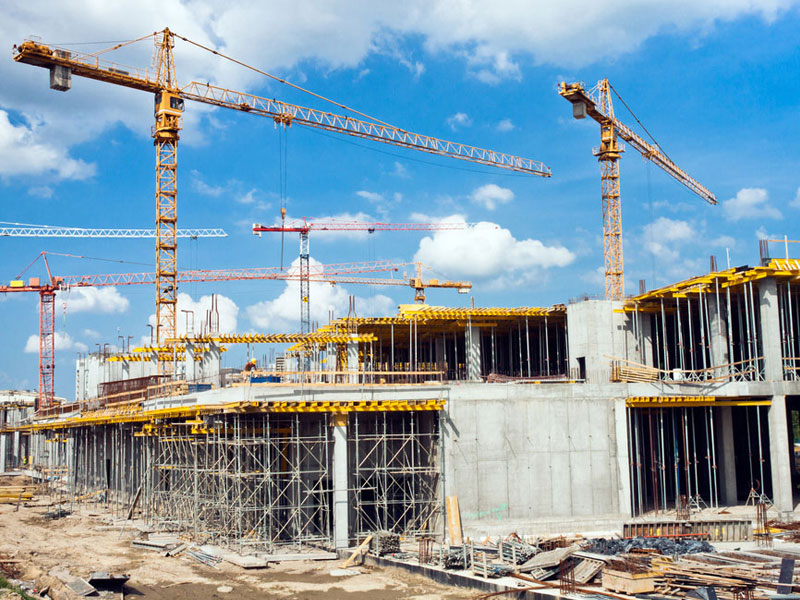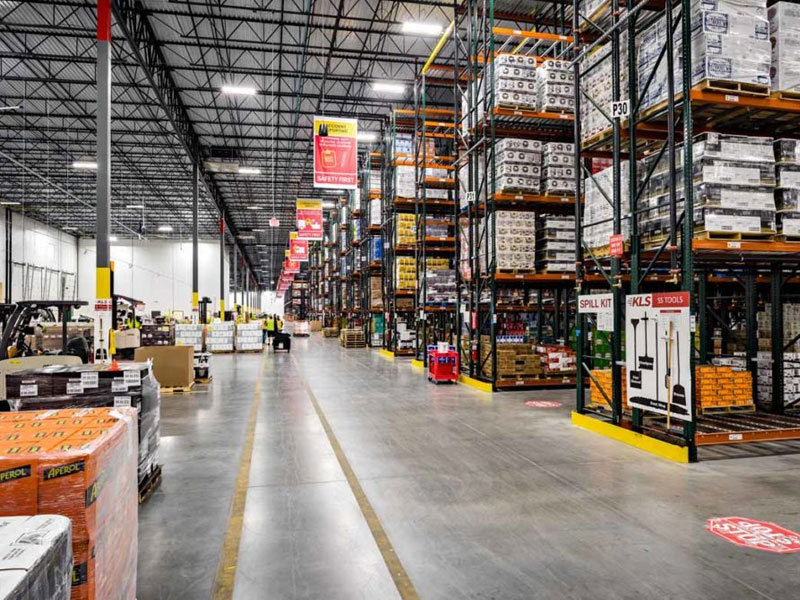As an important means of transportation in the modern warehousing and logistics industry, the safety of electric forklifts has received great attention during the design process. In order to ensure the safety of operators and the surrounding environment, electric forklifts have taken corresponding safety design measures in many aspects. These measures not only improve the reliability of forklifts, but also effectively reduce the risk of safety accidents.
The cockpit design of electric forklifts is the key to ensuring the safety of operators. Forklift drivers are usually in a relatively compact space. Therefore, the layout of the cockpit needs to be ergonomic to ensure that the operator can maintain a comfortable posture during long-term operation and reduce physical fatigue. This is crucial to improving the driver's reaction speed and judgment. At the same time, the field of view of the cockpit is also optimized to ensure that the driver can clearly observe the front and sides to avoid accidental collisions caused by blind spots. In addition, the operating panel of the forklift usually adopts an intuitive and simple design, allowing the operator to respond quickly in an emergency and ensure smooth and safe operation.
Electric forklifts are equipped with a variety of safety protection devices. The driving speed of the forklift can usually be adjusted according to the load conditions to prevent dangers caused by excessive speed. Forklifts are also usually equipped with speed limiters, which can limit the maximum speed of the forklift within a certain range and reduce the risk of accidents caused by sudden braking or sudden acceleration. In terms of the braking system, electric forklifts generally use automatic braking functions, which can stop quickly in an emergency to avoid collisions or injuries.
The safety design of batteries and power systems is also an important part of the safety of electric forklifts. The batteries used in electric forklifts are mostly sealed, which can effectively prevent problems such as leakage. In addition, the charging process of the battery will also be strictly monitored. The charging equipment generally has an overcharge protection function. Once the battery is charged to a specified amount of power, the system will automatically stop charging to avoid overcharging and fire or battery damage. The battery temperature monitoring system can also detect the operating temperature of the battery in real time. Once the temperature is too high, the system will automatically start the heat dissipation device to prevent the battery from overheating and affecting the safety of the forklift.
In order to improve the stability of the forklift, the center of gravity is usually taken into account when designing the electric forklift to ensure that the forklift has good balance when working. The body and fork design of the forklift need to be adjusted according to the weight of the load and the maximum load capacity of the forklift to ensure that the forklift will not tilt or overturn when transporting goods. In addition, the anti-tilt system of the forklift is also one of the common safety design measures. It can automatically adjust the body posture when the forklift is unevenly loaded or overloaded to prevent accidental rollover.
Electric forklifts are also equipped with multiple alarm systems to enhance safety. For example, the forklift will be equipped with warning lights and alarm sound systems, which can send out sound or light signals when the forklift is running or in an emergency to remind people around to pay attention to safety. Forklifts can also be equipped with reversing image systems or sensors, which can help operators judge obstacles behind the forklift to avoid collision accidents. In addition, many electric forklifts are also equipped with intelligent control systems that can monitor the various components of the forklift in real time and issue warnings in time when failures or abnormalities occur to ensure the normal operation of the forklift.
In terms of forklift maintenance, regular inspection and maintenance are also important means to ensure safety. The design of electric forklifts usually takes into account the convenience of daily inspection and maintenance. Key components such as batteries, brake systems, tires, etc. can facilitate operators to conduct regular inspections. Through regular maintenance, potential safety hazards can be discovered and dealt with in a timely manner, ensuring that the forklift can operate in a good state and reducing safety risks caused by failures.
Operation training is an important part of ensuring the safety of electric forklifts. Although electric forklifts themselves have many safety designs, the skills and knowledge of the operator are equally important. Through professional operation training, operators can fully understand the operation process and safety precautions of forklifts, improve their ability to deal with emergencies, and further ensure the safe use of forklifts.
- Home
- About
-
Product
-

IC Forklift
Ranges
-

Electric Forklift
Ranges
-

Warehouse Equipment
Ranges
-
- CUSTOMER CARE
- INDUSTRY SOLUTION
- News
- Contact








 中文简体
中文简体 عربى
عربى Español
Español














